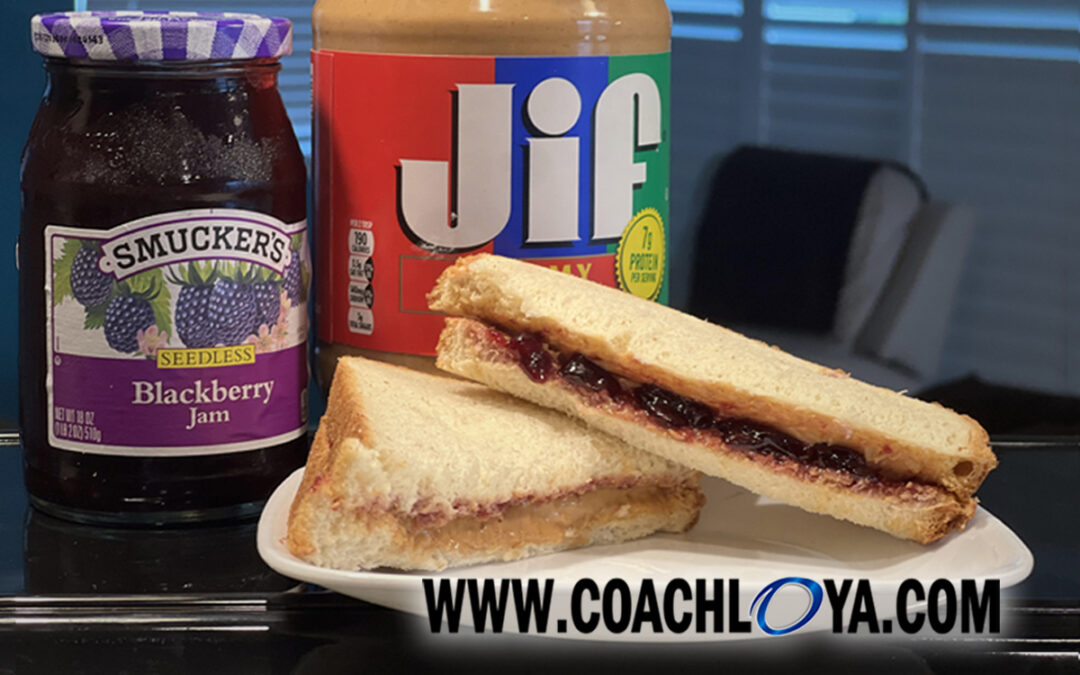Today is National Peanut Butter and Jelly Day! Is there any more iconic pairing than Peanut Butter and Jelly?
According to a survey by the Smucker’s Company, the average American will eat 1,500 peanut butter and jelly sandwiches before graduating from high school. That’s a lot of PB&Js!
Peanut butter, as we know it, debuted at the 1883 Chicago World’s Fair. But its origins can be traced back to the ancient Aztecs. They were known to grind roasted peanuts into a thick, rich, energy-boosting paste that was easy to transport and slow to spoil.
Until the early 1900s, peanut butter was considered a delicacy and sold mainly in fancy tea rooms.
Credit for PB&Js becoming a lunchbox staple belongs to early twentieth century American mothers. They’re the ones who matched peanut butter and jelly with another innovation of their day—sliced bread.
Most culinary experts reason peanut butter and jelly’s opposing qualities to be why the pairing is so appealing to the American palate. The combination possesses the right balance of sweet and salty.
Opposites often attract because they complement. Like hues on a color wheel, peanut butter and jelly’s opposing qualities are complementary.
When it comes to team dynamics, team members with opposing qualities can be similarly complementary.
Whether it’s an optimist and a pessimist or an introvert and an extravert, the pairing provides the team with different perspectives. This variance is the primary benefit of optimizing diversity on teams.
Diversity prevents groupthink, spawns innovation, and leads to creative solutions. Diversity allows potential threats to the team’s culture to be assessed from alternative viewpoints, which is unlikely to occur on homogeneous teams where everyone looks, thinks, and acts the same.
However, diversity’s benefits become moot if everyone on the team is not, ironically, bound by one crucial commonality: a commitment to being good teammates. Teammates can look, think, and act differently, provided they each possess a good teammate mindset.
Teams not bound by this commonality are bound to fail because their members will always struggle to adapt to new roles, appreciate others’ success, or accept not getting their way.
There’s simply nothing sweet about being on a team whose members aren’t bound by a commitment to being good teammates. Inevitably, the experience will leave you feeling salty and out of balance.
If you’ve got individuals on your team with opposing, complementary qualities, who provide the yin to your yang, have a PB&J today in their honor.
As always…Good teammates care. Good teammates share. Good teammates listen. Go be a good teammate.





